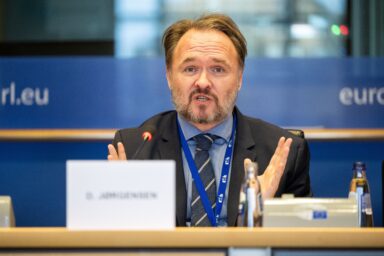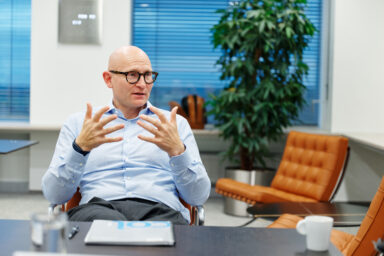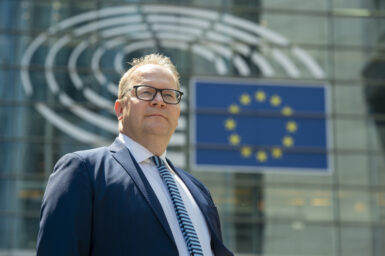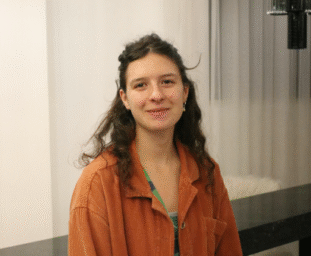Europe spends handsomely on its power capacity mechanisms. In 2024 the bloc shelled out nearly €11bn on assorted schemes to guarantee that the lights stay on, reckons ACER, the EU’s energy watchdog. The agency now wants the money to buy greener capacity and better value.
The ACER call is timely. Governments struggle to square energy security with decarbonisation and tight budgets. Patchy support, opaque subsidies and scant cooperation inflate costs while rewarding ageing gas plants.
As remedies go, the one AER recommends is rather blunt. Scrap barriers that keep rooftop solar, batteries and aggregated demand response out of capacity markets. Publish how much capacity cash flows to fossil fuels. Then plan, auction and prepare for crises together.
Pricey insurance
Secure electricity underpins competitiveness and climate policy alike. ACER’s latest monitoring report confirms that, on average, European households suffered fewer than two hours of outages last year—and none owed to supply shortfalls. Reliability, though, is not cheap.
The census counts almost forty national adequacy and flexibility schemes. Many overlap. Collectively they cost €11bn in 2024. Better coordination, the agency argues, could trim the bill without dimming reliability.
You might be interested
Capacity mechanisms deserve particular scrutiny. They are permitted only when the European Resource Adequacy Assessment—or a robust national study—flags a genuine gap. Yet national auctions often diverge wildly in design and price.
Uneven outcomes
Low-emission technologies captured just 29 per cent of support payments last year. Long-term contracts still lean heavily on gas, locking in carbon through 2035 and dulling the EU’s green edge. ACER fears a fossil trap unless rules tilt towards cleaner kit.
Gas will not vanish overnight. Even with demand falling by 15 per cent by 2035, gas turbines will still cover about 30 per cent of peak load. The trick is to pay them only what they merit while drawing more flexibility from storage and smart demand.
That discipline is missing. Capacity-auction prices vary more than tenfold across the continent. In 2024 alone the mechanisms cost €6.5bn, more than twice the outlay in 2020. Cross-border coordination could slice that figure by reducing the amount of standby plant each country feels compelled to order.
Shared safety nets
Flexibility measures add another layer of complexity. Adopted piecemeal and cleared case by case under state-aid rules, they risk duplicating capacity schemes. ACER urges governments to co-optimise the two toolkits, buying adequacy and flexibility in tandem rather than twice.
Risk-preparedness plans reveal further gaps. Fewer than one in ten contain joint measures to help neighbours during a crisis. Cross-sector links—gas pipes feeding power stations, electricity keeping gas compressors alive—receive scant attention.
Europe’s power grid is already the world’s most interconnected. ACER’s message is that policy must catch up. Clean the mechanisms, share the maths, and practise for trouble together. The lights will stay on and the bill will shrink.
ACER’s recommendations
Make capacity mechanisms cleaner. ACER urges EU countries to remove obstacles preventing distributed energy resources and demand response from participating in capacity support schemes, while disclosing exactly how much public money flows to fossil-fuel generators rather than clean alternatives.
Make the mechanisms more efficient. The agency recommends adopting a coordinated EU-wide approach to determining how much capacity each country needs, grounded in the European Resource Adequacy Assessment, and redesigning capacity auctions—especially in regions where prices persistently spike tenfold higher than elsewhere.
Integrate flexibility measures into capacity measures (or align them better). ACER proposes that member states merge or tightly coordinate their procurement of grid flexibility and supply adequacy to eliminate duplication, reduce overlapping schemes and lower overall system costs through smarter joint purchasing.
Strengthen regional cooperation on risk preparedness. The agency calls for closer cross-sector coordination on electricity security planning, with member states sharing best practices, using common templates and jointly monitoring implementation to dissolve barriers to regional collaboration.





